What Are Watercolor Pencils? (Best of Both Mediums?)
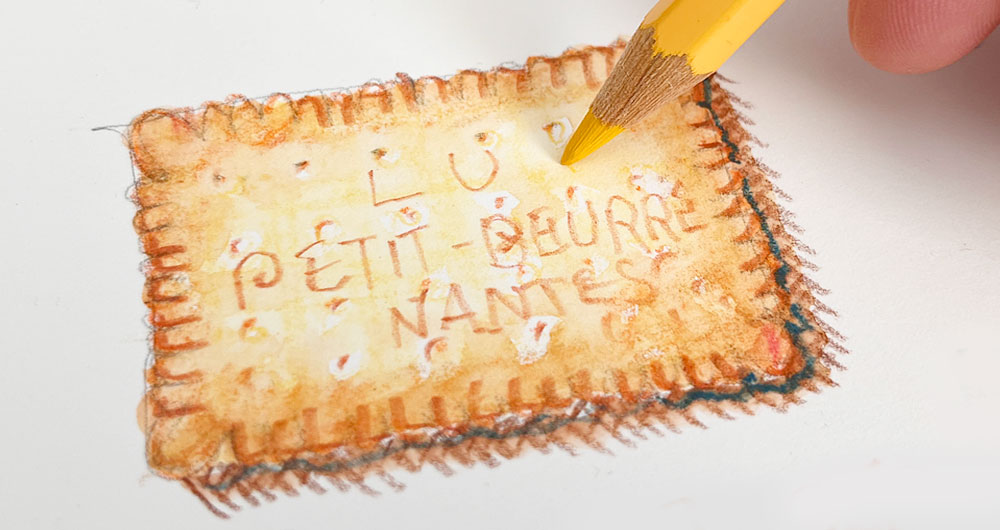
I have to admit I was curious…
At first, I couldn’t see the point of watercolor crayons or pencils.
After all… If you want to paint, use paint – and if you’re going to draw, use pencils.
Right?
It seemed like a strange mixture of art mediums, and I couldn’t help wondering if they were a lousy compromise.
But… It turns out watercolor pencils offer an interesting flexibility of styles!
So, what is this hybrid medium that blurs the line between pencils and paint!?
Get it?!
Ok, I’ll get on with it…
What Exactly Are Watercolor Pencils?
Watercolor pencils have special water-reactive binders and starches in their lead. They can either be used dry like regular colored pencils or with a damp brush to reactivate the pigments. This gives artists the flexibility to use both drawing, painting, or a combination of techniques.
So, watercolor pencils are a versatile medium that merges drawing and painting.
Of course, you can use them like regular colored pencils, using traditional hatching, blending, and fine-line techniques. But as soon as you dampen them with a wet brush, they come to life!
Pencil marks transform into beautiful colored washes.
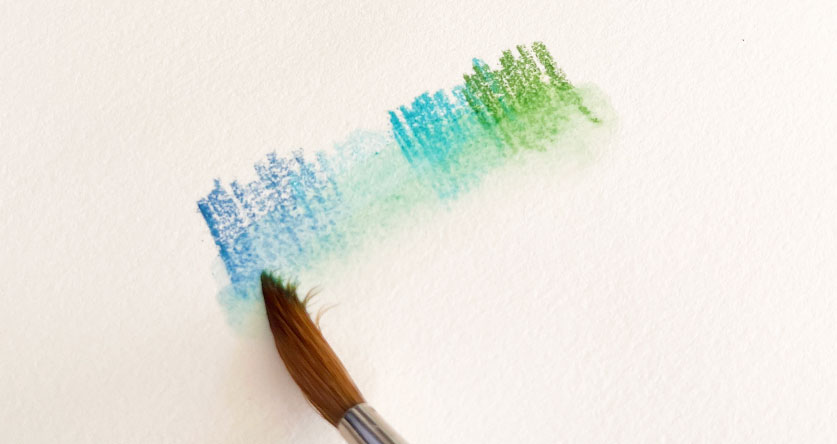
How Do Watercolor Pencils Work?
Watercolor pencils are designed to dissolve when they come into contact with water and can be used for wet and dry applications. The manufacturing process produces a water-soluble but break-resistant lead. This results in handling properties that let artists easily create moist, blended washes or precise dry lines.
For example, traditional watercolors use gum arabic as a binder to keep the colored pigments in a liquid suspension. Gum arabic is water-soluble, so the paint easily mixes with water.
Regular pencils use binders such as wax or oil…
On the other hand, watercolor pencils also use binders that dilute with water. However, during manufacturing, the pigment, binder, and other additives are compressed to make hard pencil lead.
They sharpen in the same way as regular pencils and behave the same way when dry.
Most of the brands I have tested have a good pigment concentration, producing strong, fairly vibrant colors – especially when reactivated with water!
What Are Watercolor Pencils Made Of?
Almost all watercolor pencils are made up of a combination of clay, some kind of water-soluble wax, a binder, and colored pigments.
- Clay
- Hydrophilic (water-soluble) waxes
- Starch-based binder
- Pigments (or dyes)
This combination is delicately balanced so that the pencils handle correctly. They don’t break too easily, so they can be used for drawing and sketching. The binders help the colored pigments stick to the paper surface without smudging. At the same time, pigments flow and spread out on the paper when water is applied.
Types of Watercolor Pencils
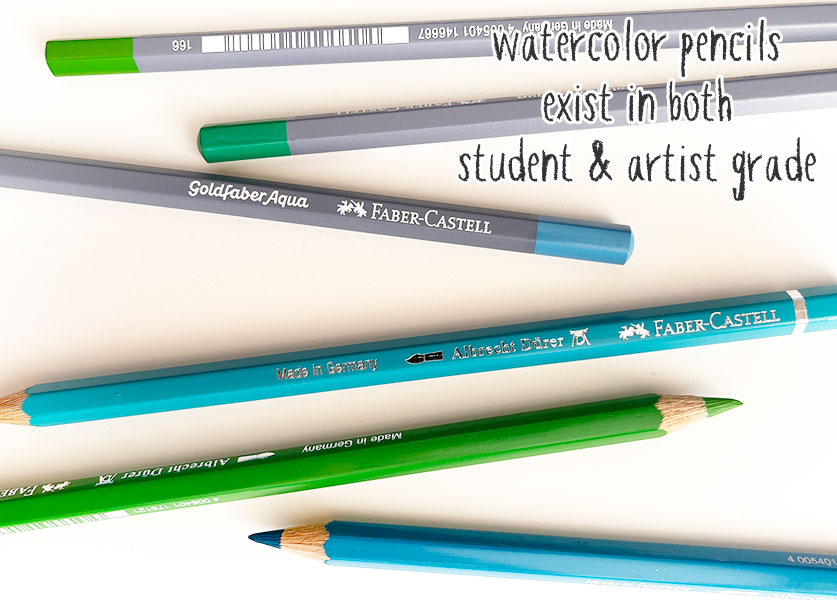
Just like with regular watercolors, watercolor pencils come in two main types:
- Student grade
- Artist grade
I think this is useful to keep in mind! The first watercolor pencils I bought were lower-grade beginner pencils. I was a bit disappointed with their handling properties!
Now I know why 🙂
The difference lies mainly in the quality of the pigments.
Student-grade watercolor pencils are more affordable and are designed for beginners or hobbyists. They are cheaper because the pigment concentrations or the quality of the pigments are lower. This means they are less “lightfast,” meaning they will fade over time. Also, the color rendering properties may be different and less intense. (They also use less material to keep costs down.)
Artist-grade pencils are a more pricey option, but the quality of the pigments is superior and approaches what you would expect from professional-grade watercolors. The handling properties may also be smoother, making them easier to blend.
Core Size

Another fundamental difference between different manufacturers and ranges of watercolor pencils is the core size or the width of the lead.
For example, with student-grade pencils, you’ll notice the core is thinner (in fact, the overall thickness is narrower – fewer materials = lower prices). Other types are “woodless,” so they are like whole sticks of watercolor crayon.
For comparison, Faber-Castell’s student Goldfaber Aqua pencils have a thinner 3.3 mm lead. In contrast, the artist-grade Albrecht Durer range has a thicker 3.8 mm core.
And Tim Holtz’s “Distress” range of watercolor pencils is full-width and woodless. (Amazon)
Watercolor Pencils vs. Colored Pencils
So, what’s the difference between watercolor pencils and regular pencils? The ingredients used for each type of pencil create the different kinds of use.
Here’s a table that summarizes how they measure up against each other:
| Characteristic | Watercolor Pencils | Regular Colored Pencils |
| Core Material | Water-soluble starches and binders | Wax-based or oil-based binders |
| Water Solubility | Yes, dissolves in water for blending | No, does not dissolve in water |
| Color rendering | Good color rendering when dry – more intense with wet applications | Deeper more intense colors |
| Surface coverage | Cover a wider area more easily with wet washes | Less easy to cover a large surface area or fill large shapes |
| Handling Properties | Suitable for both wet and dry applications | Primarily used for dry applications |
| Layering | Can be layered with both wet and dry techniques | Can be layered with dry blending |
| Precision | Detailed dry applications – less control for wet washes | Detailed line work |
| Versatility | More versatile | Drawing only |
| Blending | Less well adapted to dry blending | Better blending capacity |
| Skill Level | Less easy for beginners – higher learning curve to control both wet and dry techniques | More straightforward use – easier to learn for beginners |
| Cost | Similar to regular pencils | Similar to watercolor pencils |
The Benefits of Watercolor Pencils
Here’s a summary of the benefits:
- Flexibility & variety of artistic styles
- Reasonable control over details when used dry
- Possible to paint broad washes
- Highly portable
- Can be erased or lifted
Perhaps the most notable advantage of watercolor pencils is their flexibility. They can be used for a variety of painting and drawing styles. They offer good control over details when used like regular pencils. At the same time, you can paint broader washes of color to fill large shapes.
I think one of their most significant benefits is when you exploit their dry and wet characteristics in one go. For example:
- Hatch or shade broad shapes of color
- Activate them with a damp brush,
- Wait to dry
- Draw finer details over the colored wash.
This way, you can quickly create large shapes of color and complete the artwork with more minor details using dry pencil lines.
Sometimes, drawing on a slightly damp surface creates interesting pencil strokes that diffuse somewhat on the paper.
Disadvantages & Shortcomings
Disadvantages include:
- The higher learning curve for beginners
- Harder to blend with dry drawing methods
- Requires thick / watercolor paper
Watercolor pencils can be slightly harder to blend than their regular counterparts. And the biggest frustration is the skill level that they require. For beginners, they can be frustrating because you’re essentially learning the techniques of two mediums in one go – watercolor and colored pencils.
They must also be used on thick multimedia or watercolor paper since thinner papers won’t stand up to wet painting techniques.
FAQ
Watercolor pencils vs watercolors
Regarding hands-on use, I think watercolors are easier to get to grips with than watercolor crayons. Although versatile, pencils are somewhat restrictive. You can’t cover the same surface area or progress an artwork as quickly with pencils compared to pure watercolors.
Color mixing is also more frustrating, especially for beginners. In watercolor, you mix your desired color in the palette before you paint. With pencils, you don’t automatically have the exact color required, so you have to layer and blend several hues of pencil to get a good match.
And the difference in color appearance between dry watercolor pencil marks and reactivated pencils is considerable! So, getting the correct color and tonal value is pretty darn tricky 🙂

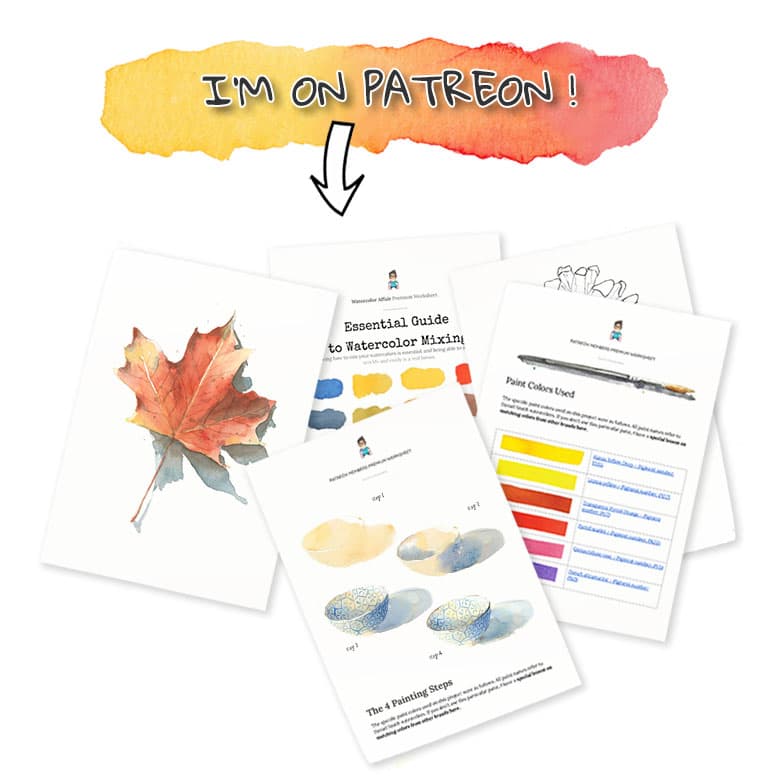
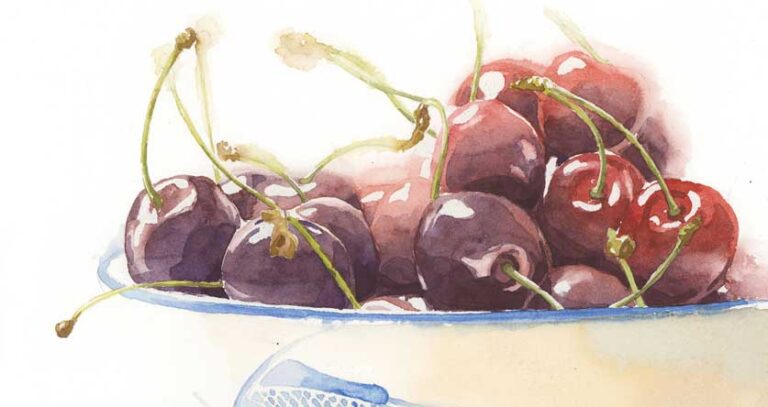
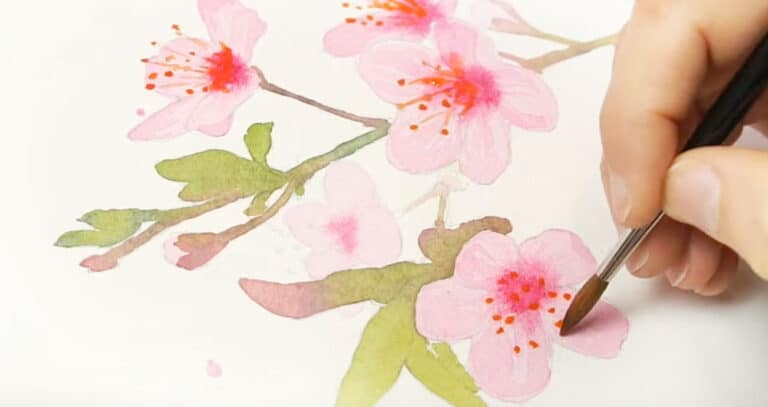
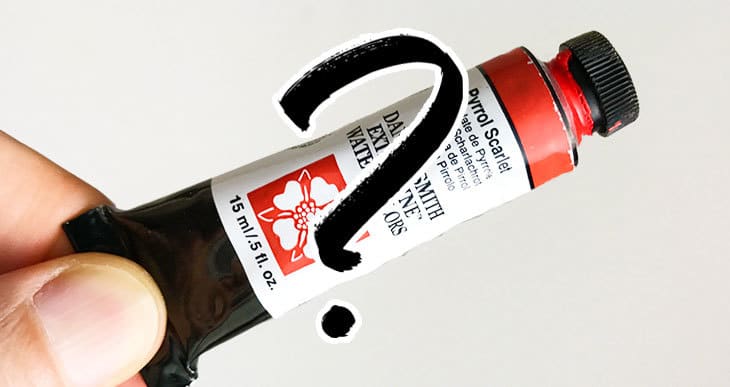
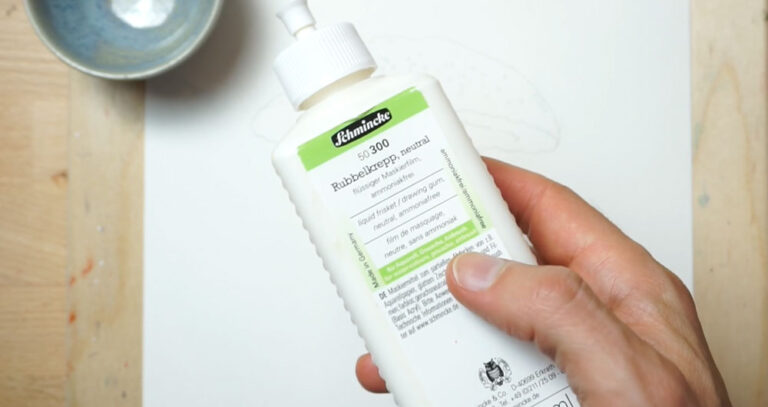
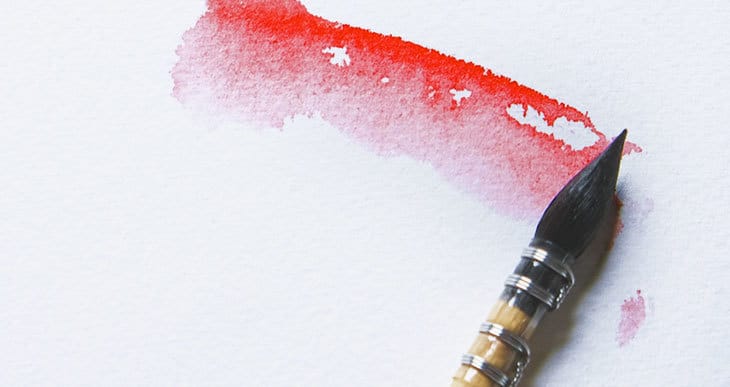
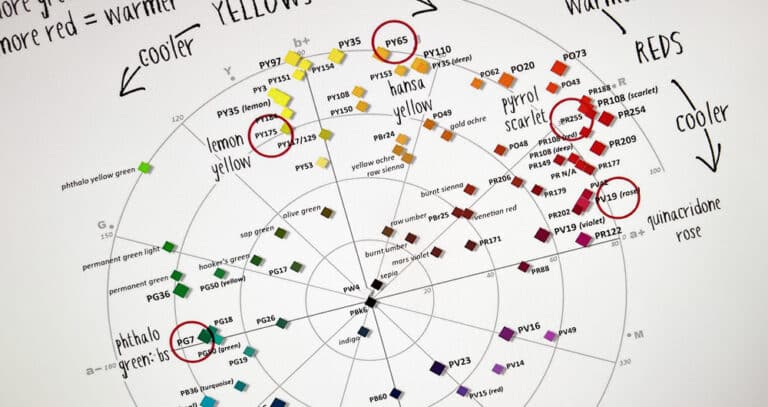
I am thankful for this article.It let’s me be able to use those pencil paints I got a while back and didn’t know how so they sat in with my art materials for the longest time, thank you!
Happy to help Barbara!
Very helpful article! Thank you. Now I understand why as a beginner I could not get a grip on watercolor pencils.
Just so you know, it’s TIM Holtz and not Tom. He is an icon in the paper crafting and stamping world!
Hi Kathy
Thanks for pointing out the typo ! I’ll fix it 🙂
Happy painting!